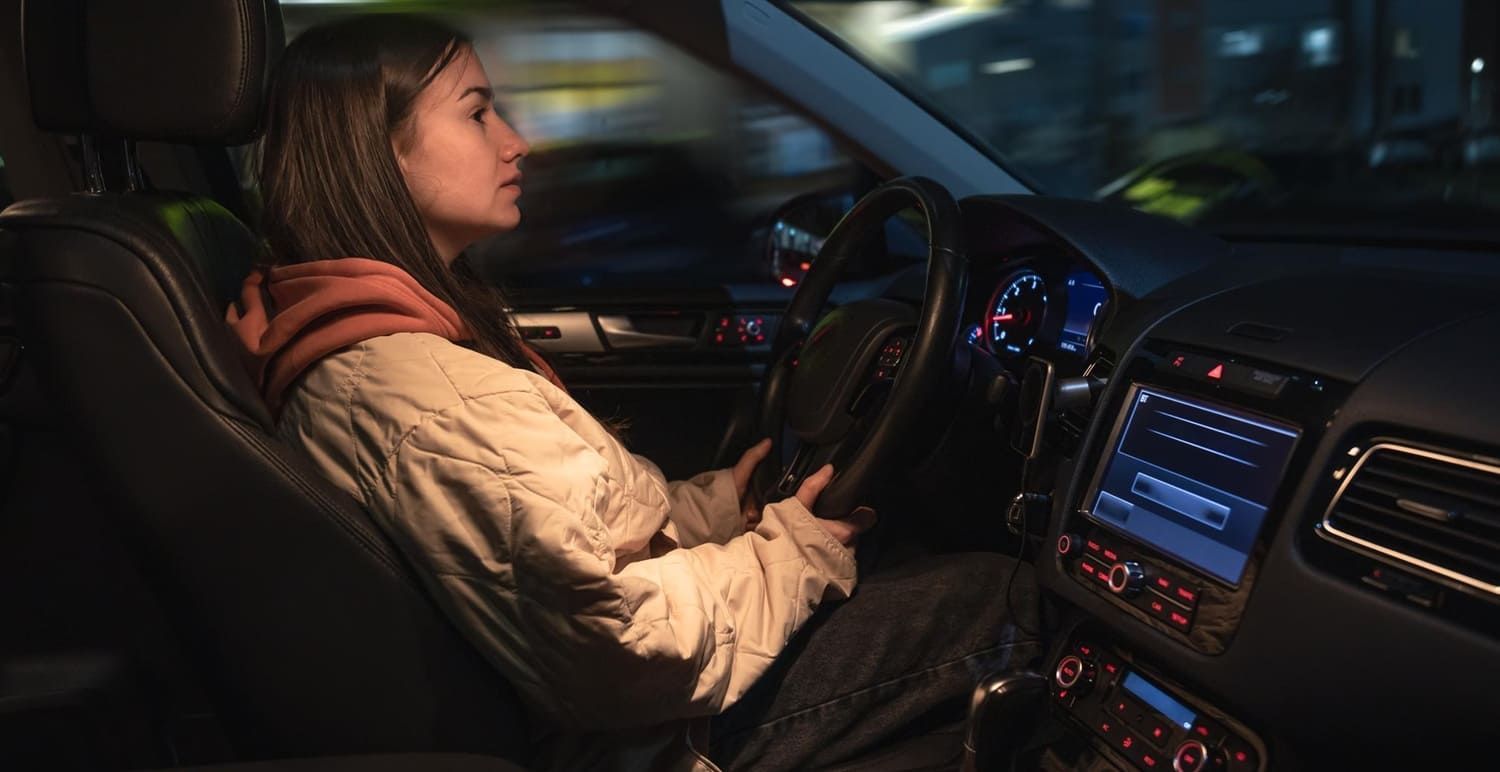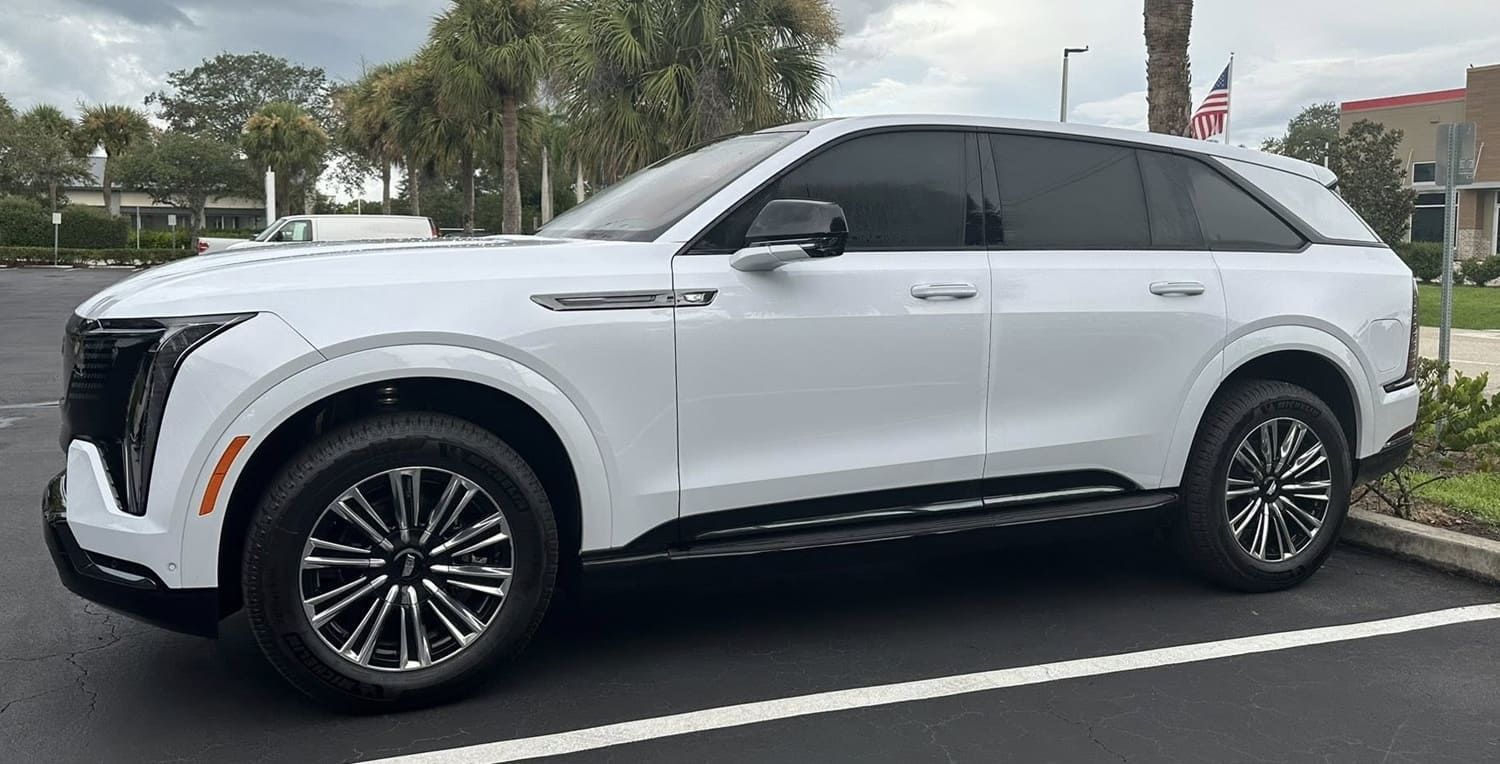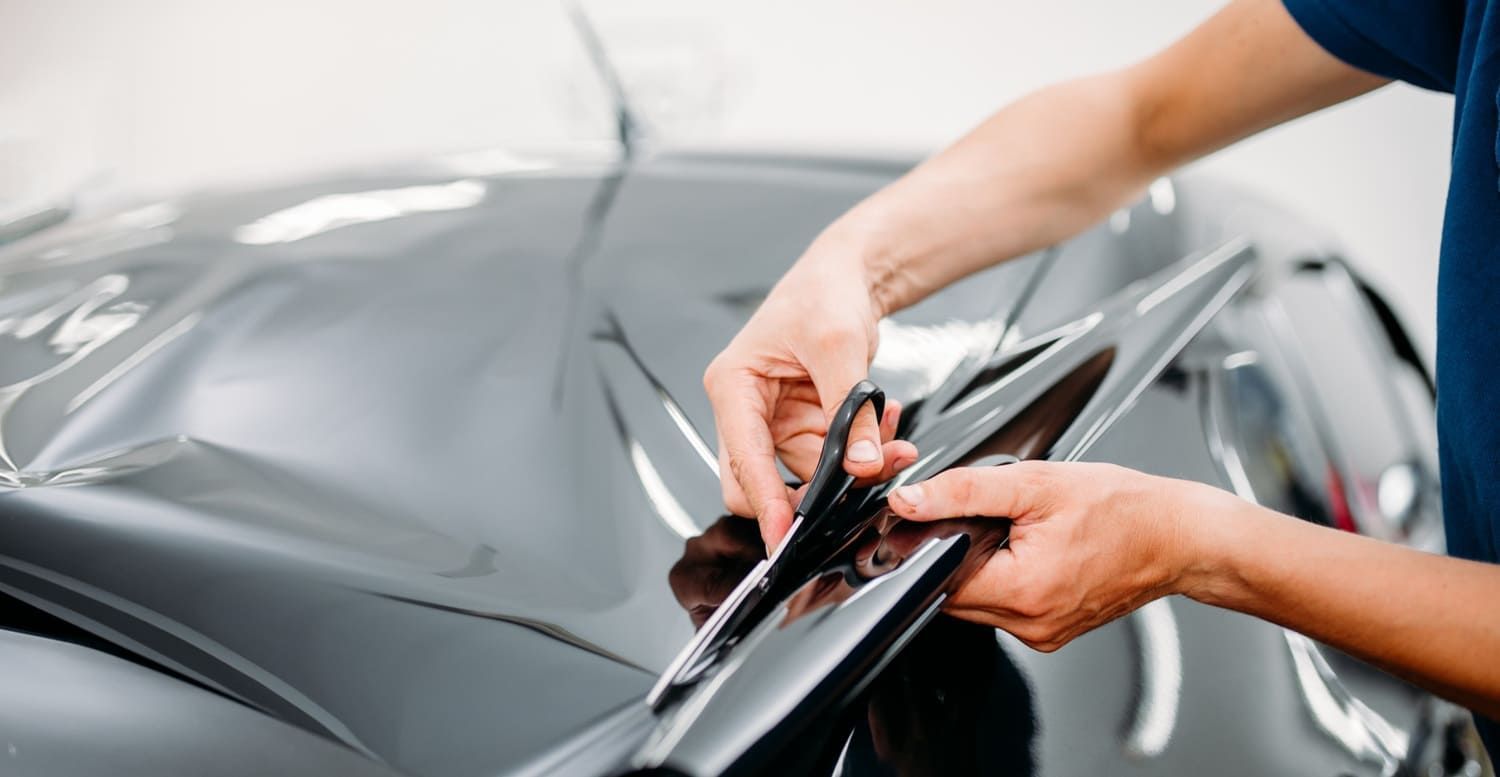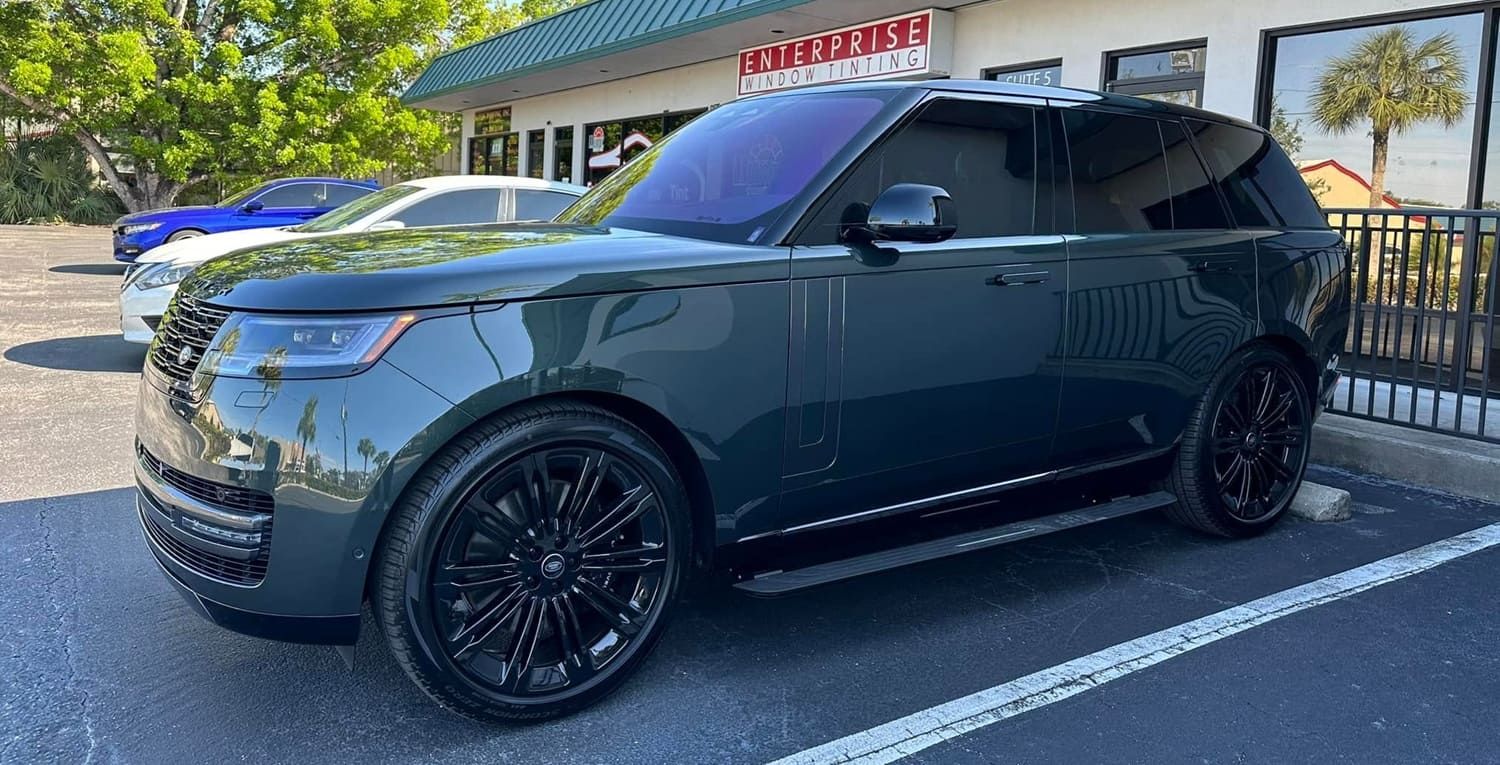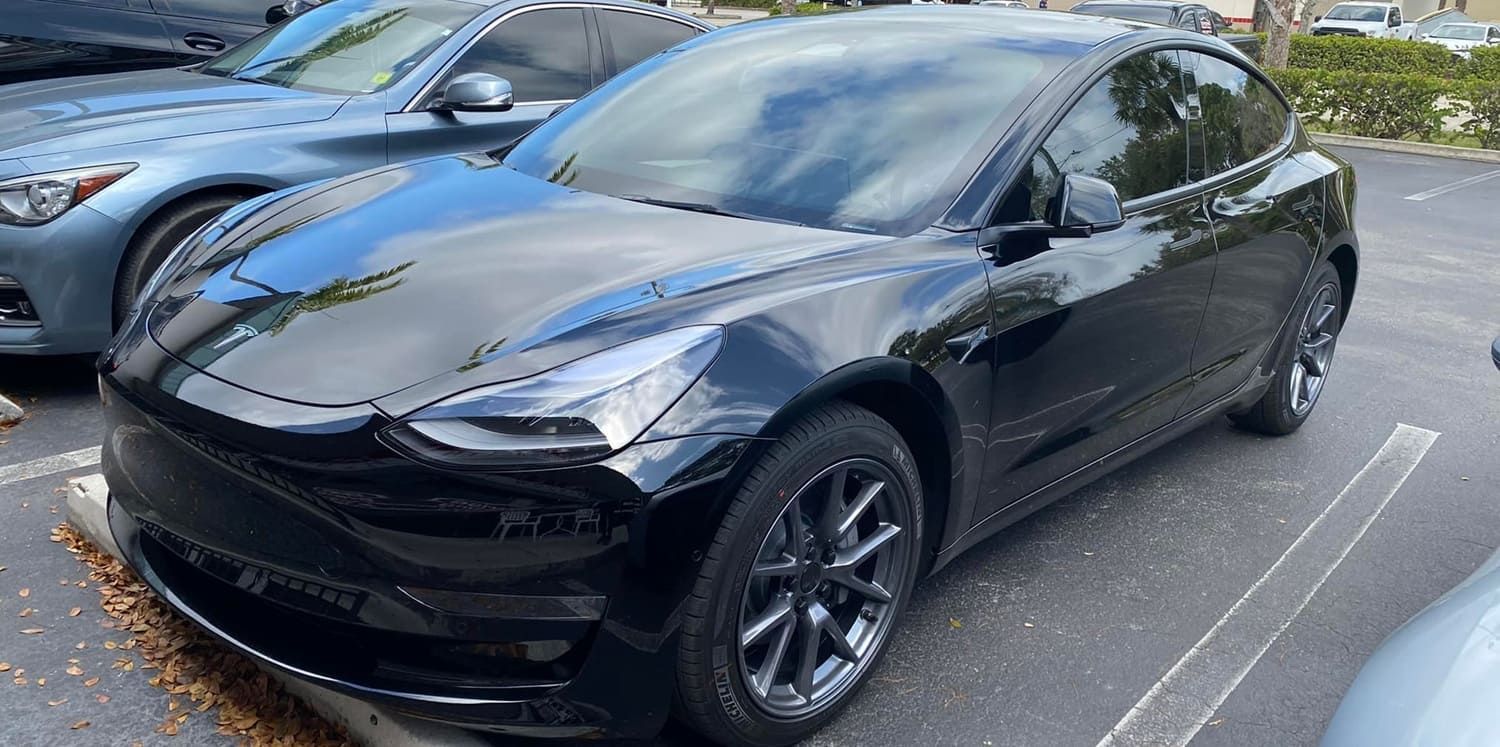Are Tints Legal? Everything You Need to Know About Window Tinting Laws in the US
Car window tinting laws vary by state, and in some states it's actually illegal. Does that mean you can't drive over state lines with tints? Find out here.
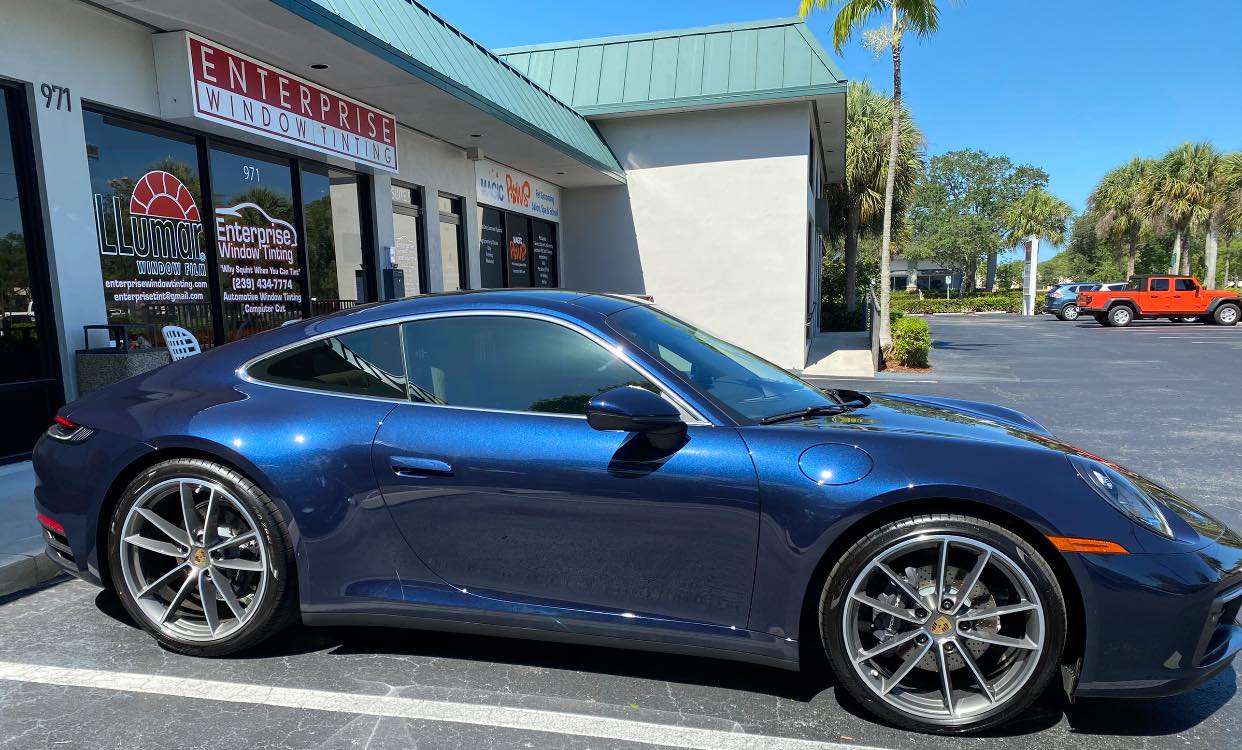
The automotive tint industry is worth $3.14 billion. It provides a range of benefits and increases the aesthetic appeal of your car.
Drivers may still ask, are tinted windows legal? The answer depends on where you're at and how dark your windows are.
Window tinting laws differ from state to state, are unique to each type of vehicle, and are based on percentages of light reaching through the glass. Knowing them all helps you avoid nasty fines.
Read our guide for a detailed description of how tinted your windows and windshield can be in every part of the country.
What to Know Before Tinting Car Windows
There are pros and cons to car window tinting. Knowing them helps you understand why drivers continue to tint their windows despite the potential legal repercussions.
Pros include reduced UV exposure, car interior protection, and increased safety and privacy. Cons include reduced visibility, legal issues, and maintenance and installation costs.
There are certain terms you need to know to understand window tinting laws.
Officers measure how dark a window tint is by determining the visible light transmission percentage or VLT.
Front side windows are in front of the driver and passenger. Rear side windows are any side windows behind them, including rear-seat passenger side windows.
When window tinting laws regulate reflection, they're determining whether or not your tint can include a metallic or reflective film.
There are medical exemptions to window tint laws. These include conditions such as lupus, melanoma, and photosensitivity.
If you do have a medical exemption, you need to have documentation at the ready. It should include a prescription expiration date, the exempt vehicle, the applicable medical condition, a note from your doctor, and the permitted tint percentage.
Knowing how to check if tinted windows are legal is also essential to avoid fines. Find an online database to check the rules in your area.
A Summary of Window Tint Laws By State
Window tinting laws keep drivers safe by increasing visibility. They regulate allowable VLT, which differs depending on where you live and what you drive.
There are different regulations for front side windows, rear side and back windows, windshields, and reflectiveness. Knowing them all helps you stay within the law no matter where you travel.
Front Side Windows
The average allowable window tint percentage for front side windows is 40%.
The exact VLT regulations you must meet are:
- no tint allowed in New Hampshire, New Jersey, and Vermont
- top 4" only in Michigan
- 20% in New Mexico
- 24% in Montana, Washington
- 25% in Arkansas, Oklahoma, and Texas,
- 27% in Colorado, South Carolina,
- 28% in Florida, Massachusets, Mississippi, and Wyoming
- 30% in Indiana
- 32% in Alabama and Georgia
- 33% in Arizona
- 35% in Connecticut, Hawaii, Idaho, Illinois, Kansas, Kentucky, Maine, Missouri, Nebraska, Nevada, North Carolina, Oregon, South Dakota, Tennessee, and West Virginia
- 40% in Louisiana
- 43% in Utah
- 50% in Minnesota, North Dakota, Ohio, Virginia, Wisconsin
- 70% in California, D.C., Delaware, Iowa, New York, Pennsylvania, and Rhode Island
Rear Side and Back Windows
The regulations for rear side and back windows also differ for each state and vehicle. They include:
- no limit in Arizona, California, Delaware, Iowa, Michigan, Missouri, Nevada, New Jersey, North Dakota, Ohio, Texas, Utah, and Vermont
- 12% with no limit on SUVs and vans for back windows and 25% on rear side windows with no limit on SUVs and vans in Louisiana
- 14% with no limits on SUVs and vans in Montana
- 15% for all vehicles in Florida
- 20% with no limit on SUVs and vans in New Mexico and South Dakota
- 20% on rear side windows and 35% on back windows with no limits on SUVs and vans in Idaho
- 20% for passenger vehicles and 35% for SUVs and vans in Nebraska
- 24% with no limit on SUVs and vans in Washington
- 25% with no limit for SUVs and vans in Oklahoma
- 25% for passenger side windows but 10% for SUVs and vans and 10% for back windows in Arkansas
- 27% for all vehicles in Colorado
- 27% with no limits for SUVs and vans in South Carolina
- 28% for all vehicles in Massachusets
- 28% on passenger vehicles with no limit on SUVs and vans in Mississipi and Wyoming
- 30% with no limit for SUVs and vans in Indiana
- 32% with no limit for SUVs and vans in Alabama and Georgia
- 35% for rear passenger vehicle windows but no limits for SUVs, vans, and back windows in Connecticut and North Carolina
- 35% for rear and back windows with no limits for SUVs and vans in Hawaii, Illinois, Maine, Maryland, New Hampshire, Oregon, Virginia, and West Virginia
- 35% for all vehicles in Kansas, Tennessee, and Wisconsin
- 40% for passenger vehicles but no tint permitted for SUVs and vans in Alaska
- 50% for passenger vehicles and 35% for SUVs and vans in D.C.
- 50% with no limits on SUVs and vans in Minnesota
- 70% for passenger rear side windows but no limits on SUVs or vans and no limits for back windows in New York
- 70% with no limits on SUVs and vans in Pennsylvania
Windshield Tinting
Minnesota, Pennsylvania, and New Jersey do not allow windshield tinting.
Certain states allow you to tint your windshield down to the AS1 marking, a manufacturer's line near the top of a windshield. They include:
- Arizona
- Connecticut
- Delaware
- Florida
- Idaho
- Indiana
- Iowa
- Kansas
- Kentucky
- Louisiana
- Massachusets
- Mississippi
- Missouri
- Montana
- Nevada
- North Carolina
- Rhode Island
- South Carolina
- South Dakota
- Tennessee
- Utah
- Vermont
- Virginia
- Wisconsin
Alabama, Georgia, Illinois, New Hampshire, New York, Oregon, and Washington allow for a 6" shade band. Alaska, Arkansas, Maryland, andWest Virginia allows for a 5" shade band.
California, Colorado, Maine, and Michigan allow for a 4" shade band. D.C., Nebraska, New Mexico, Texas, and Wyoming allow a 5" shade band or a tint that reaches the AS1 marking.
Hawaii, North Dakota, and Ohio allow for a tint of up to 70% on the windshield.
Reflectiveness
In Alabama, Georgia, Lousiana, your windshield cannot be more than 20% reflective. In Indiana, Kentucky, it must be no more than 25% reflective. In Arizona, Idaho, it must be no more than 35% reflective.
Your windshield must be non-reflective in Alaska, Arkansas, California, Colorado, Delaware, Hawaii, Illinois, Iowa, Kansas, Maine, and Maryland. There is no limit in D.C.
In Connecticut, the front windows can be up to 21% reflective, but the rear windows can go up to 27%. In Florida, front windows can be up to 25% reflective and rear windows can go up to 35%.
Where Can I Get Window Tints?
If you know the window tinting laws in your area and any place you plan to travel to, you shouldn't experience any legal trouble. Have a professional install the film and you'll safely enjoy its benefits for years to come.
Enterprise Window Tinting offers several types of automotive tints for you to choose from. Get a free estimate today.

